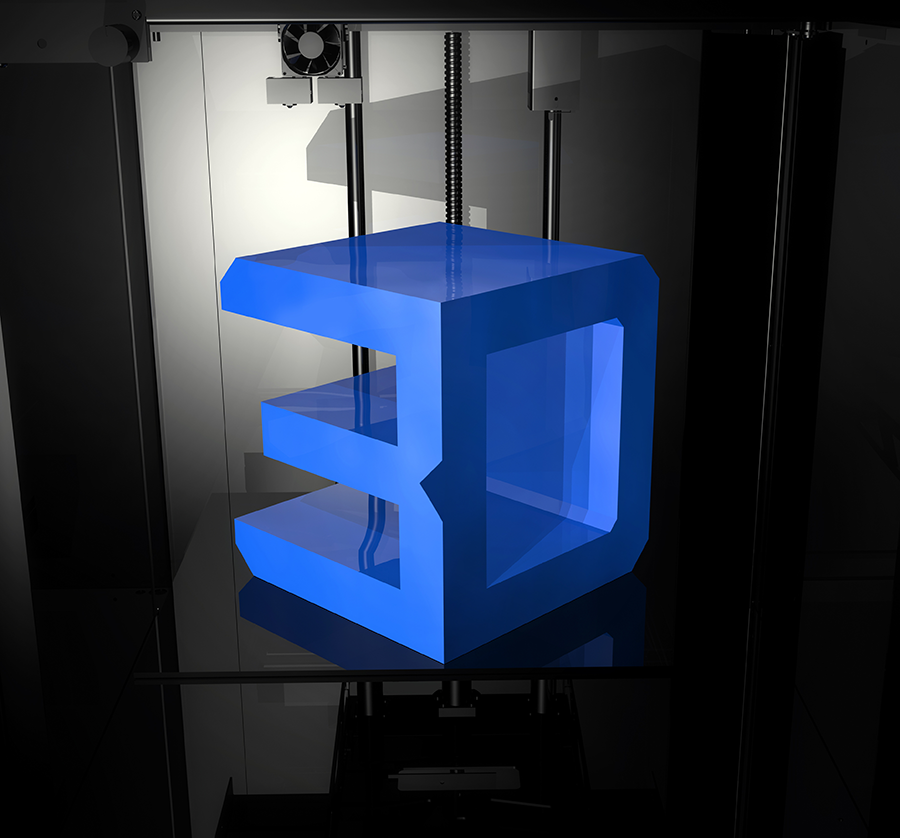The Era of Ultra-High-Density Interconnect Topologies Has Begun
But with it comes signal integrity and thermal issues.
Ultra-high-density interconnect (UHDI) topologies support the creation of electronic circuits with unparalleled wiring density, enabling the creation of compact yet powerful electronic devices. This month, we’ll touch on the complexities of UHDI design, the crucial role of verification methods, and the multifaceted challenges inherent in pushing the boundaries of electronic miniaturization.
Designing UHDI topologies demands a delicate balance of several factors. It begins with understanding the unique wiring density requirements dictated by the specific application and IC packaging, as well as the capabilities of the PCB fabricator. Whether for consumer electronics requiring sleek designs or aerospace systems demanding robustness, tailoring wiring density is paramount.
Achieving high wiring density alone isn’t enough, however; ensuring signal integrity is equally critical. In densely packed circuits, risks of interference and crosstalk loom large, threatening overall system performance. Meticulous planning and layout optimization are essential to mitigate these challenges.
Thermal management emerges as another pivotal consideration. With components packed closely, effective heat dissipation becomes imperative to prevent performance degradation or failures. Innovative strategies for heat dissipation are needed to maintain optimal operating temperatures.
Material selection also plays a critical role, influencing electrical performance and mechanical reliability. The choice of substrates and conductive traces significantly impact signal propagation, thermal conductivity and structural integrity. Compatibility with manufacturing processes and assembly techniques is also vital for seamless integration into production workflows.
Many hurdles. Despite UHDI’s promise, there are many challenges. Design complexity, limited CAD tool availability, scalability issues, manufacturing constraints, and interdisciplinary verification pose hurdles. The complexity of UHDI design demands navigating numerous constraints to achieve optimal results. Limited CAD tool availability complicates design, hindering collaboration and productivity. Scalability challenges arise during the transition from prototyping to mass production. Manufacturing constraints dictate design feasibility, balancing performance with practicality. Interdisciplinary verification requires expertise in multiple engineering domains, necessitating close collaboration among teams.
The intricacies of designing UHDI topologies begins with conceptualization, translating requirements into a blueprint. CAD layout optimization, simulation, and testing refine the design iteratively for robustness and reliability.
In the modern engineer’s toolkit, CAD tools are indispensable for achieving UHDI perfection. These EDA software solutions empower designers with capabilities and horsepower, ranging from intricate layout editing to comprehensive simulation and analysis. Layout editors serve as the canvas for designers to weave an intricate artwork of conductive traces with precision and flexibility. These tools enable creation of densely packed layouts optimized for signal integrity and thermal performance.

Advanced simulation software allows exploration of various design scenarios, predicting circuit behavior under different conditions. Design rule checkers act as vigilant guardians, ensuring compliance with manufacturing guidelines and preempting potential issues. Meanwhile, 3-D modeling tools offer insights into component spatial arrangement, facilitating optimization for performance and manufacturability. Furthermore, collaboration platforms enhance communication among team members, accelerating design iteration and fostering innovation. Verification serves as the measure for the robustness and reliability of UHDI topologies. Thermal analysis offers insight into heat generation, dissipation and component reliability, enabling targeted cooling strategies. Mechanical stress analysis assesses structural integrity under various loads, identifying weak points for reinforcement. Prototyping and testing validate designs in real-world environments, scrutinizing performance metrics for improvement opportunities.
Advanced simulation and modeling techniques lie at the heart of UHDI verification, offering unprecedented insights into complex systems behavior. Finite element analysis (FEA) predicts thermal behavior, identifying hotspots and optimizing cooling strategies. Electromagnetic simulation tools analyze signal propagation, crosstalk and interference, ensuring optimal signal integrity. Circuit simulation software assesses electrical performance under varying conditions. Statistical analysis quantifies manufacturing variability, guiding robust design strategies. Multiphysics simulation enables integrated analysis of thermal, electrical, and mechanical effects, optimizing designs for maximum performance and reliability.
The evolution of UHDI design and verification epitomizes innovation and discovery, pushing the boundaries of possibility. Emerging trends like machine learning, 3-D printing, novel materials, standardization, and enhanced collaboration promise to shape UHDI’s future. These advancements offer opportunities for innovation, efficiency and reliability.
Through meticulous attention to detail, leveraging advanced EDA tools and embracing emerging trends, engineers can map a course for a future where electronics are smaller, more powerful and more reliable.
Stephen Chavez is a senior printed circuit engineer with three decades’ experience. In his current role as a senior product marketing manager with Siemens EDA, his focus is on developing methodologies that assist customers in adopting a strategy for resilience and integrating the design-to-source Intelligence insights from Supplyframe into design for resilience. He is an IPC Certified Master Instructor Trainer (MIT) for PCB design, IPC CID+, and a Certified Printed Circuit Designer (CPCD). He is chairman of the Printed Circuit Engineering Association (PCEA); stephen.chavez@siemens.com. Chavez will speak on UHDI at PCB East in June.



